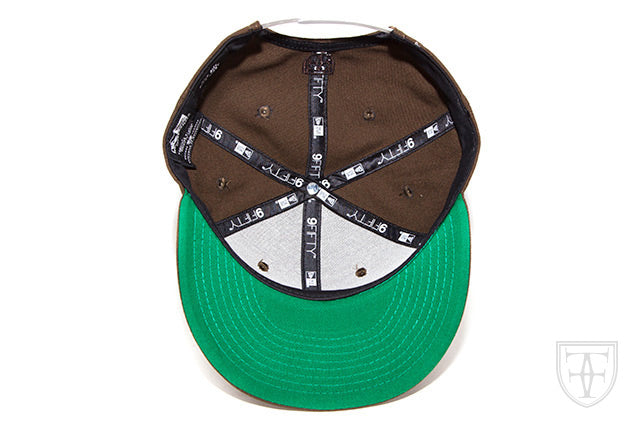

Photos: Chris Fujimori (@cfujifilms)
Models: Kelsie Megan (@kelsiemegann)
Aloha kākou!
Over the next two seasons, we will be shining the spotlight on two of Hawaiʻi’s commodities that have proven to be incredibly important in Hawaiʻi’s socioeconomic growth. One started our trade industry with its almost limitless variety of uses, and one ushered in a new worldwide demand for its beautifully crafted and highly coveted goods.
The ʻiliahi (Hawaiian sandalwood or santalum paniculatum) trade started in 1790 and continued through the early 1800’s after China struggled to import sandalwood from India due to a decreasing supply of wood. China’s sandalwood appetite was refocused and Hawaiʻi’s sandalwood species was what captured their attention, sparking the beginning of Hawaiʻi’s very first industry. Sandalwood soon became a prized commodity for the people of Hawaiʻi and was sold in weight by the picul, which was an Asian unit of measure defined as “the amount a man could carry on his shoulder” and equalled 133 1/3 pounds. However, by the 1830’s Hawaiʻi’s Sandalwood forests were nearly depleted and its high demand began to diminish. By 1839 King Kamehameha III placed a kapu on all sandalwood and by 1840 the reign of the industry was over. Through reforestation efforts by Haloa ʻAina and public awareness by Mamo Essentials numbers of ʻiliahi (sandalwood) trees are slowly increasing to levels that are suitable for sustainable foresting. In fact, to date Haloa 'Aina has planted five million new trees in the five years since they’ve started their reforestation project.
In contemporary times, koa has grown to become one of Hawaiʻi’s most prized commodities. Historically, it was used for things like outrigger canoes, surfboards and weapons because of its strength and integrity, but it was the beautiful grain of the koa that later created a high demand and cemented its status as one of the world’s finest grains of wood. This renowned commodity is now being expertly crafted by some of the best carpenters and artists in the world. At the ‘Iolani Palace, built in 1882, it's hard to miss the 7,000 feet of koa being used throughout, particularly in the floors and the beautifully crafted grand staircase that's seen as you first step foot into the palace.
This Spring and Summer Season we have created two separate Real Tree Camouflage patterns based on the rare and endangered ‘Iliahi Tree and the fine grain Koa Tree. In each pattern we strive to highlight the trees for their distinct beauty and importance in Hawaiʻi’s history.
ʻIliahi Tree Camo Aloha Snapback
The first piece from the collection starts the season off with a bang, as it features several of our most sought after materials all on one hat. Neoprene panels are seen on the front, with spacer mesh around the back, and ripstop nylon on the visor, all in black. The undervisor features the new ‘Iliahi Tree Camo pattern* sublimated on polyester poplin, stitched together with bright infrared thread. The top button features the same pattern, which provides a nice contrast to the tonal Aloha logo and white side and back stitching. It’s finished off with a black snap enclosure. Due to the limited number in stock, there will be no online release for this hat. *Please note that due to a manufacturing error, these snapbacks have been printed with the Koa Tree Camo instead of the ‘Iliahi Tree Camo as the designers originally intended, designating it as a type of error card.





ʻIliahi Tree Camo Aloha Tee – Black / Women’s Crop Top – Black
A clean Aloha tee and crop top utilizing the ʻIliahi Tree Camo as a fill, with a white outline. A bright infrared crown is seen on the back.




